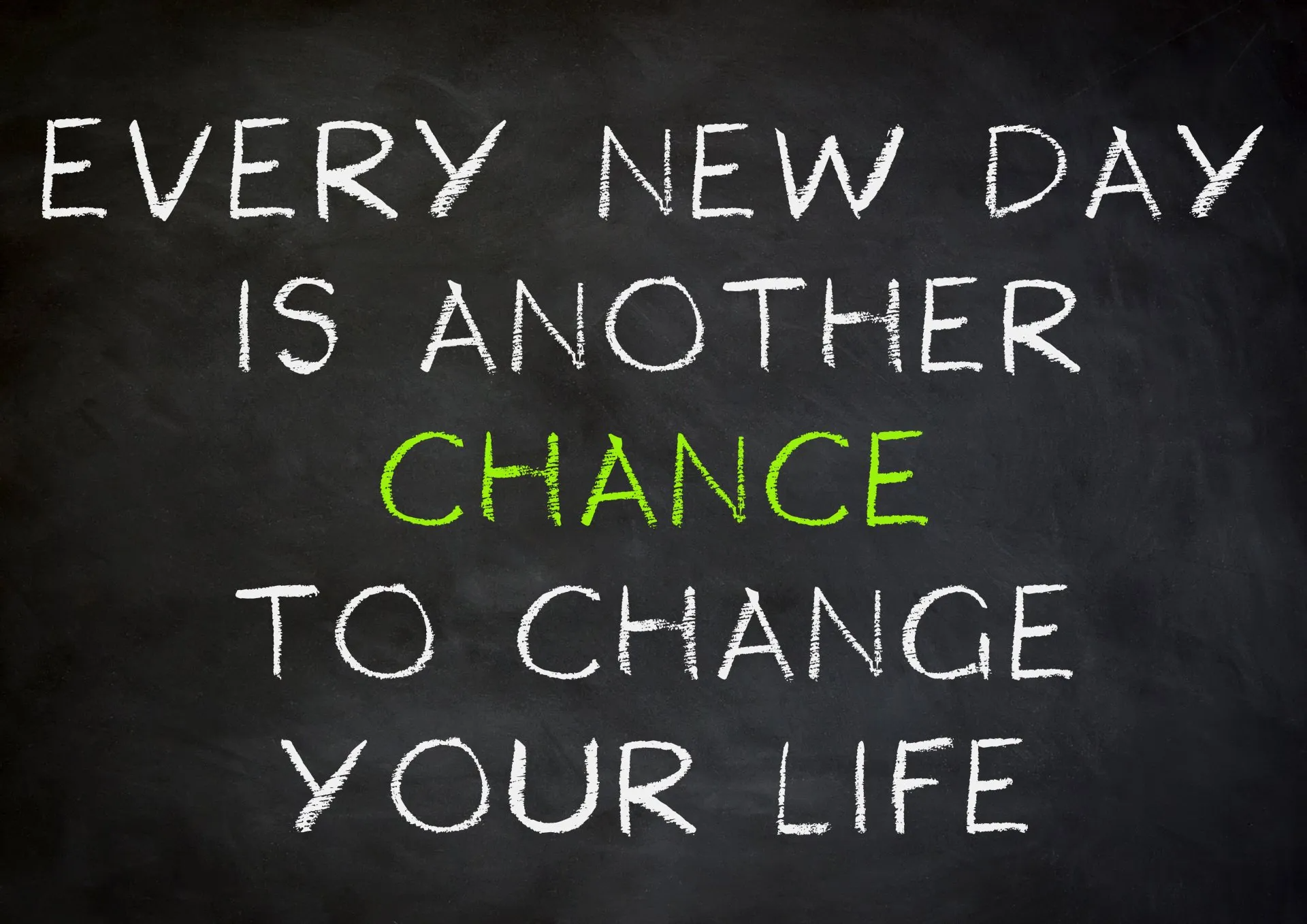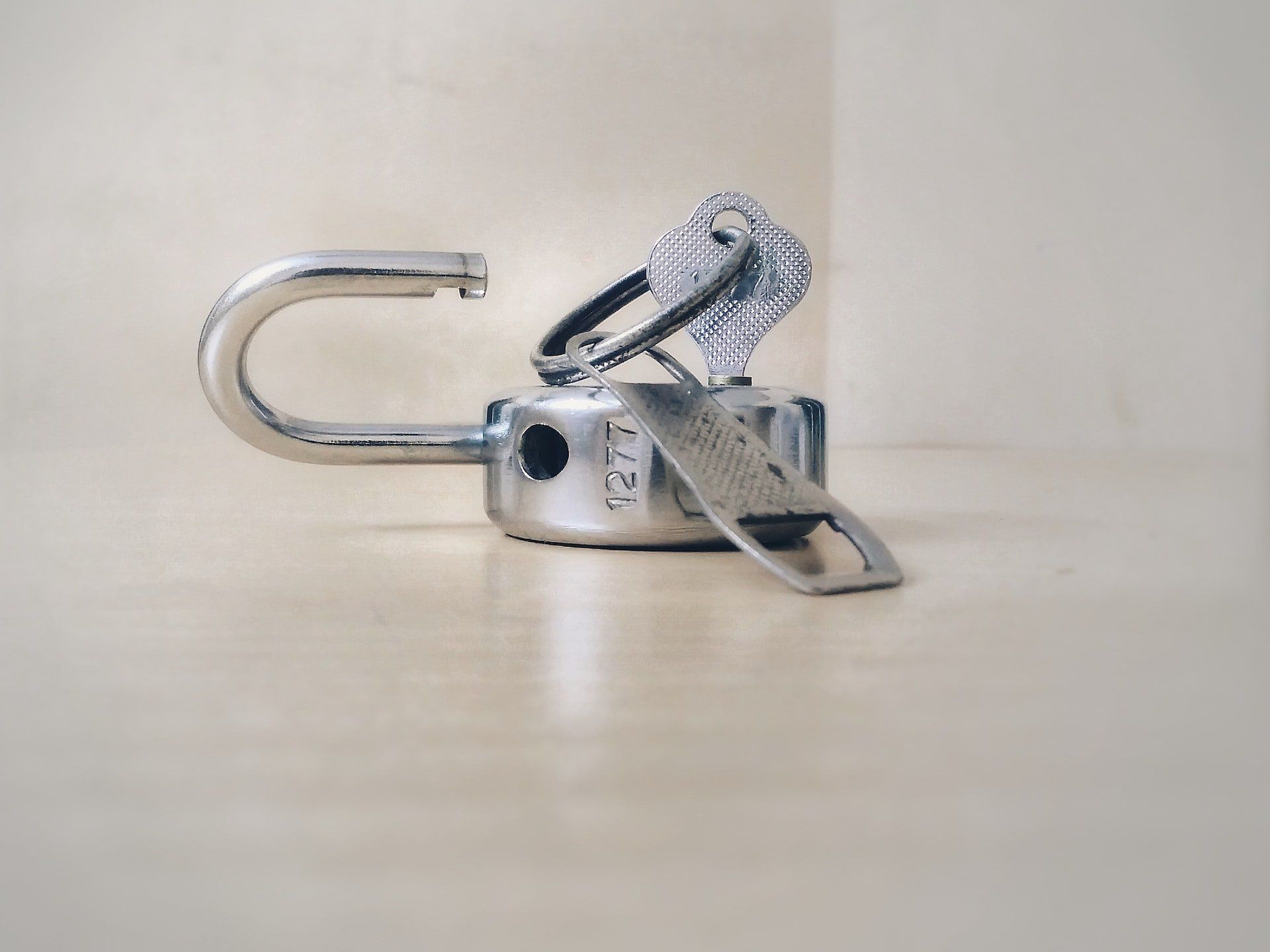More About How People Change
Stages, Levels and Processes of Change

The ability to facilitate change in people’s lives was a key factor in helping me decide to become a professional counselor. I addressed the nature of change in a previous post, "Avoiding the Spiritual Bypass." There's much to be said about how people change.
Since the 70’s counseling and psychology has thought of change in terms of Stages, Levels and Processes of Change. This is a result of the work of James Prochaska and Carlo DiClemente, along with others.
To quickly summarize the Stages of Change:
Precontemplation is best described in terms of denial. Here the person rejects the idea that he or she has a problem. (A common reaction for me when my doctor talks to me about my cholesterol.)
The person in the Contemplation stage admits there is a problem, but is not ready to do anything about it. (Yes, I see the numbers from my most recent blood work, but I enjoy my red meat and cheesecake.)
When a person reaches the Preparation stage, a plan is put in place. (Sometime within the next thirty days I will begin eating more healthy foods, fewer unhealthy foods and start exercising…perish the thought!)
The Action stage is just what it sounds like…the person has put his or her plan into action. (Does reaching for another donut constitute exercise?)
Once a change is initiated, Maintenance becomes important. As the name implies, the individual is staying on the plan, continuing to “maintain” the desired change.
Most addiction specialists will include Relapse as a normal part of the Stages of Change Model. I understand this from an addictions perspective. The fact is, most clients I have worked with as a counselor did relapse at some point in the journey to recovery. Success is measured in the ability to bounce back and resume the journey toward recovery.
There are also Levels of Change.
The levels refer to the depth of change in a person’s life. Achieving change at the deeper levels is likely to be slower and more complex. However, change at deeper levels is hopefully also more lasting.
The Symptom level deals with surface level behavioral change. Situational problems are changed in some way…hopefully for the better. (The smoker stops smoking.)
The Maladaptive Cognitions level deals with the way the person thinks about the desired change and his/her place in relation to the change. Denial ceases, and desire for health and wholeness ensues.
Level three deals with Interpersonal Conflicts. The fact that 40% of change accounted for happens outside of the therapy office and often as a result of the person’s primary support systems and points to the need to change the way the person interacts with others (a topic for another post).
Family/Systems Conflicts begin to be resolved in the fourth level. Here it is not just the “identified patient” that changes, the family changes to support and maintain the change.
Intrapersonal Conflicts point to the deepest level of change and may refer to what Freud and others identified as unconscious levels. This is the deepest and most lasting level of change.
And lastly, there are the Processes of Change.
Processes are the things we do to help facilitate change. There are a multitude of things counselors and others do to facilitate and maintain change. A good list of processes, as well as another great overview of this model of change can be found at Detailed Overview of the Transtheoretical Model. (This is a 16 part article but if you skip to page 7 you'll find a very easy to understand list of processes with examples.)
So what does all this mean? The Stages, Levels, and Processes all interact with one another in the life of the person seeking change. Many efforts to change fail because there is a mismatch of processes with stages. For example, urine screenings (part of a contingency management process for drug addicts) are much more effective and appropriate for a person who is at an Action stage than for a person in a Precontemplation stage.
Also, it is essential for both therapist and client to agree on what kind of change is sought. Being eager and hopeful I am prone to “go for the gusto” and seek the deepest level of change (intrapersonal). However, the client may have a much more practical desire. One client was very helpful when he said, “I don’t want to know the meaning of life. I just want to know how to get along with my wife.” Here was a person seeking level three change. To get there we focused on behaviors (the Symptom Level) and faulty ways of thinking (Maladaptive Cognitions) to enable him to relate to his spouse more effectively (Interpersonal Conflicts).
Thirdly, there is a spiritual aspect to facilitating this kind of change. Which will have to wait for another post.
See you Soon,
Tim
Join the Conversation
Recent Posts
NAVIGATION
REACH US
WE ARE ENDORSED BY
All Rights Reserved | Counseling Alliance


